Customers are signing up. Yes!
But what now?
Getting them to sign-up was only half the battle. You need to build an effective email on-boarding strategy. One that converts trial users into lifelong customers and serves your product well. Easier said than done, right?
We can understand why you would struggle to build an effectual on-boarding email flow. It’s such a vital element when introducing users to your product. Get it right and you earn a customer. Get it wrong and well… no one converts.
Fortunately, on-boarding emails needn’t be a source of stress. We here at Interactive Digital know the value on-boarding emails can bring to your business. We can help you get them right.
Here’s 7 easy to follow guidelines that outline the anatomy of a perfect email on-boarding flow. Steps you can start implementing today. Steps that will get your users converting.
1. The Welcome Email
The welcome email. First point of contact after the sign-up.
It is the stage where you set the tone for your business and establish who you are. You have so much to say. So much to offer. You want to inform your customer of every little feature and get them using your product. But you can’t send it all.
Having too much information in a welcome email is overwhelming. No customer wants to receive an essay on how great your business is and explanations on features they have no interest in. So the question is: What should my business say in our welcome emails?
The obvious answers is to talk about your products features. Explain what your business does and try to convince customers why your product is the best. This is fine. It works for some businesses. But you can do better.
Instead how about thinking about what you want your customers to actually do when they first start using your product. Then make this goal the single call to action in your email.
Removing clutter and having a single call to action can be a clever move. It eliminates confusion and gives customers a clear path to see the value of your product.
Not convinced? Well let’s learn a lesson from Optimizely.
They began meticulously testing their emails in a bid to get the highest conversions. In one test they decided to see which would get more click-throughs – a single call to action vs. multiple calls to action.
Two emails were sent. The first with only one CTA button, while the second had multiple. There was one obvious winner. The single CTA email garnered 13.3% more click-throughs.
Let’s have a look at this in action.
Here is another excellent example from Headspace, a meditation app, using this in the emails.
This email is perfectly on point. They have established a single call to action – start with one session for 10 minutes a day.
It’s clear what they want their customers to do and encourages them to do something that will demonstrate the value of the product.
2. Motivation
There is something that separates a good welcome email from a great welcome email – motivation.
Motivation means that your business has considered why your customers are using your product. You are appealing to what they actually want instead of just throwing everything at them.
Motivation can be used in a number of ways. We suggest thinking about the problem your customers have signed up to solve. Then appeal to fixing this problem.
Let’s take a look again at how Headspace are using motivation in their onboarding emails.
They have carefully crafted their emails to reinforce their customers reason for signing up. The content is light yet engaging as they have the headline,
“The secret to staying focused is erm what was I saying?”
It’s witty but gets to the point, you are here to get help staying focused.
The content of the email continues to show that Headspace really do understand why customers want to use the app. Opening with:
“You know that feeling, when you’re doing something quite important, and suddenly you find yourself doing something else, much less important?”
They get why you’re here.
Cleverly they then offer a solution – meditation. They talk about how it has been “clinically proven to help”. It’s a perfectly constructed email that uses motivation with aplomb. It gets customers and is sure to convert them into users. And of course the obligatory free trial helps too.
Motivation can take many forms in an email. As Headspace demonstrated you can use emotive content and show you have an understanding of customer’s problems. Case studies, social proof and establishing goals can also be used. It’s just up to you to find the right motivation for your business.
3. Removing Barriers
When a new user signs up to your app there is bound to be a few questions.
Questions about how to use your app, how it will fit into customers lives and what value your business actually brings.
It’s your job, using onboarding emails, to pre-emptively answer these questions and ease any confusion about how awesome your business actually is. This is where barrier removing emails come in.
These emails can be used for a variety of situations. They are usually triggered by a customer’s behaviour and send help, a reminder or just as enticement to move on to the next step.
Here is an example from Close.io. They send a number of triggered emails to their customers to walk them through using their product.
They give explanations about what they do, links to tutorials and invitations to webinars or to have a chat.
It answers the key questions a new customer could have. There is no confusion, nothing left unanswered. Just a straight-forward how to guide that is everything a user could ask for.
Moz is also making use of these types of emails. They send out behavioral triggered emails that encourage users to log back in.
This one is sent after new data has been uploaded. It’s informative and has a conspicuous call to action button. It’s a smart use of email that gets customers using your product.
4. The Importance of Timing
“Timing is everything” for a reason.
The timing (or mistiming) of your on-boarding emails can have a significant impact on your conversions. It’s something you need to get right.
However, when you only have 14 precious days in a free trial how do you decide when to send your emails or how many you should be sending? You need to test.
An amazing email case study on timing comes from the Obama campaign. The email marketing team was famous for their relentless a/b testing. And managed to raise an impressive $250 million because of it.
They meticulously tested message frequency. They began cautiously by sending only a few sporadic emails. However, they quickly began sending more and more without experiencing any negative feedback.
As Toby Fallsgraff, the campaigns email director remarked:
“At the end, we had 18 or 20 writers going at this stuff for as many hours a day as they could stay awake. The data didn’t show any negative consequences to sending more.”
However, just because multiple emails a day worked for the Obama campaign doesn’t mean it will work for you. Some audiences might find this engaging while others might think it’s a bit spammy. It’s up to you to find the perfect frequency.
To figure out your best timing we suggest establishing a hypothesis and testing it. This means you are actually testing something of value and learning instead of guessing.
Your hypothesis could be: People who sign up to our free trial are trying to solve an urgent problem. So urgent, in fact, that it’s the number one thing on their to-do list this week. They’ll be evaluating our service and competitors intensely over the next 48 hours and running the first live trial within the next 72 hours.
Therefore, heavily loading our welcome messaging within the first 72 hours will be welcome, timely and relevant for these users and will increase conversion rates.
So to test that hypothesis we’re going to test the following timings – we’ll send 8 emails in total during our 14 day trial.
- 25% of new sign-ups will get 5 emails in the first 2 days, then 3 spaced out over the next 12 days.
- 25% will get 8 emails in the first 8 days, a consistent 1 per day.
- 25% will get 8 emails spaced evenly over the 14 days (the control).
- 25% will get the 8 emails back-loaded, one or two in the first few days but most towards the end of the trial (to try disprove the hypothesis).
These test should give you an answer and perfect your email frequency.
5. Add Value
Seth Godin wrote an insightful post entitled “The Hidden Power of a Gift”. Throughout the post he outlines the idea of an imbalance that a gift creates.
He suggest that an imbalance is created when someone receives a gift and that this is something the recipient usually seeks to resolve.
Resolving the imbalance should be a thought provoking idea for businesses. As customers usually want to resolve the imbalance by becoming closer to the business. They receive a gift for free or get some unexpected value and they want to return the favour. It’s a clever way to build bonds with customers.
Seth explains it best by saying:
“When done properly, gifts work like nothing else. A gift gladly accepted changes everything. The imbalance creates motion, motion that pushes us to a new equilibrium, motion that creates connection.”
An example we love is from our founders experience working for a marketing consultancy firm within the music industry.
Email was a ubiquitously used source for lead generation for musicians. It was mostly used for inviting MP3 downloads and it proved to be successful as most artists had built lengthy subscriber lists.
Despite being a relatively fruitful strategy there were some issues. There was no nurturing of new subscribers. If you had subscribed yesterday or 10 years ago, you still got the same monthly newsletter and six month album update that was aimed at long term subs.
To change this welcome emails were tested. The focus was to build a relationship and test to see if it would have an impact on new subscriber’s interaction with further content. The generic monthly emails were replaced with emails that introduced them to the musician that aimed to build a bond. A few weeks later, subscribers were then given the opportunity to support the artist by buying the latest album or merchandise.
The marketers soon realized that something was missing. The subscribers needed an extra push to get them to convert. Social proof and reminder emails were first tested with lukewarm results. However one action did give them the push they needed – the unexpected gift.
Four weeks after their initial signup and 24 – 48 hours before “the ask” email, another email was sent. This was a no strings attached free gift of 4 songs and a personal note from the artist.
The results spoke for themselves. Fans who had received the gift were twice as likely to purchase from “the ask” email. It proved that adding a little something extra wins customers over.
Unexpected gifts don’t have to be expensive or ostentatious. Businesses can use whatever they have laying around. A free eBook, a free trial, whatever as long as it adds value for your customer, it can work.
6. The Ask
You’ve used motivation, removed barriers, got your timing down to a tee and demonstrated value. Now it’s time for the big ask.
This is the stage where you actually convert trials into actual paying customers. It’s a nail bitingly uncertain stage as you have hopefully perfected your on-boarding but aren’t sure if it will all pay off.
Fortunately like the previous stages there are some tactics that can be used to ensure you are sending the highest quality ask emails.
Using your existing data on the user can be a strong pull. Mentioning their history and personal information with your business is a smart move. It reinforces a connection and reminds them of their reason for using your product. Time crunches are also a key element in converting.
We like how Squarespace use their “the ask” email.
They lead with a huge reminder that your free trial is about to end. You now only have 24 hours to convert. It creates a sense of urgency. I need to act now.
It’s simple yet effective at pressing a user to upgrade. And it works.
7. The Win-back
Customers don’t always convert.
In fact on average it’s less than 25%. So what do you do with those lapsed users?
You could just leave them. Say good riddance and figure they are a lost cause. Or you could implement a kick-ass win-back email automation system.
Of course we are for the latter. It seems silly to spend so much time, effort and money attracting these users and then just ignore them once they haven’t converted.
Also you don’t know why they didn’t convert. Maybe they weren’t ready for your product. Maybe they wanted to shop around and try a competitor. Or maybe they simply just forgot. No matter the reason these past users should still be seen as potential customers who you can win back.
The truth is that creating an effective and engaging email to win-back customers isn’t that difficult. You have a lot of the hard work done already. You have their email. You’ve seen how they used your product. You have a history with them.
Here is a great lesson from Groove.
They, like so many other businesses, simply stopped contacting customers after they failed to convert after their 14 day free trial. However after talking to these customers they recognized a pattern. Many of them liked the product but thought they just weren’t ready for it.
The founder Alex Turnball realised their value stating:
“Just because Groove wasn’t right for a customer when they signed up, doesn’t mean that we’ll never be right for them.”
So they started sending win-back emails 7, 21 and 90 days after a user didn’t convert.
The emails were reasonably successful with the 90 day email having a 2% conversion rate. Not staggering numbers but Alex didn’t scoff at it saying:
“That’s not impressively high, and we’re still working on it, but that’s 2% that wouldn’t be Groove customers right now otherwise.”
It’s an interesting lesson that every business should take note of.
How To Build This Workflow
These seven steps are the key to getting your on-boarding right.
Follow them and you should build an effective and useful resource for customers. It will introduce them to your business, teach them the value of your product and hopefully encourage them to become lifelong customers. And at Interactive Digital we can help you do it all.
Don’t underestimate the value of these strategies. Simply put, it will get your users converting.
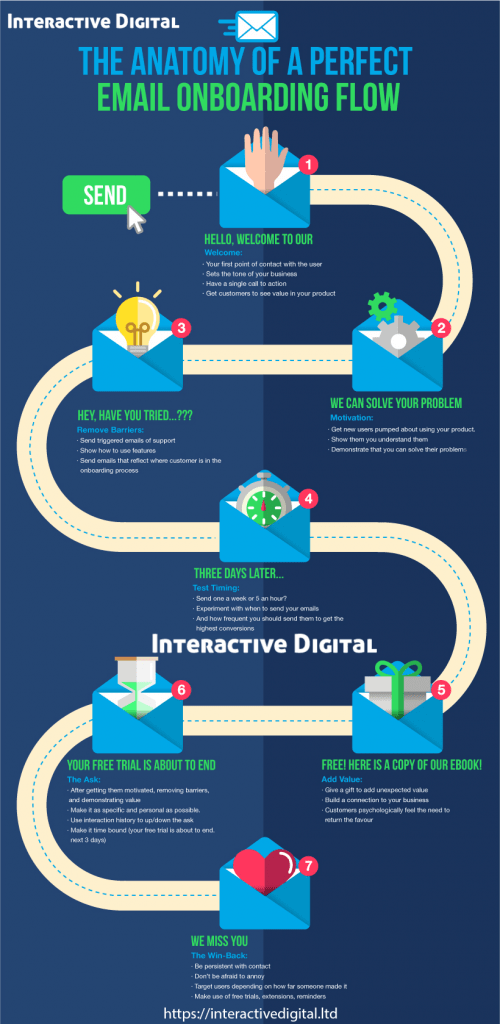
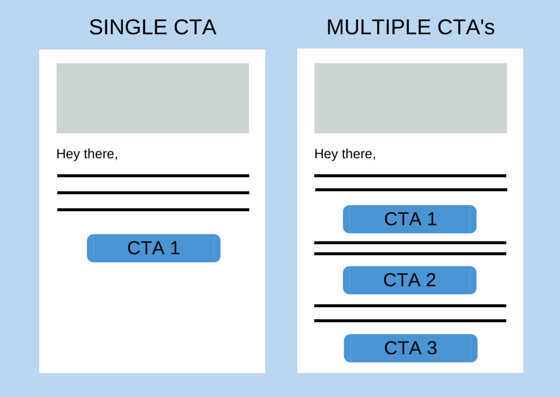
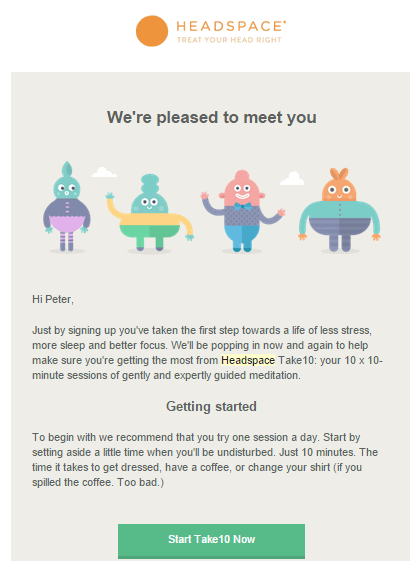
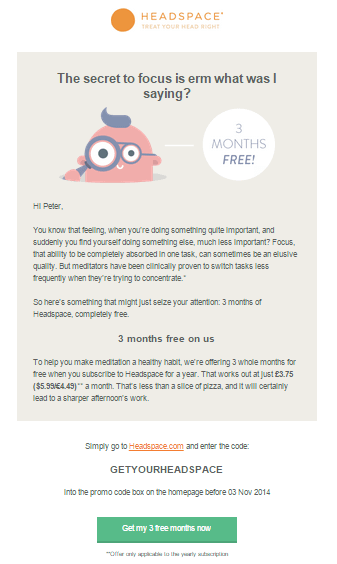
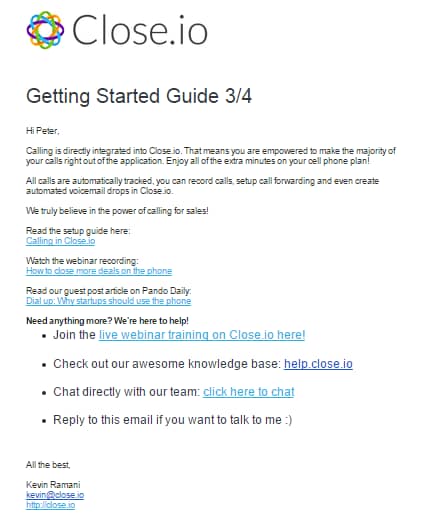
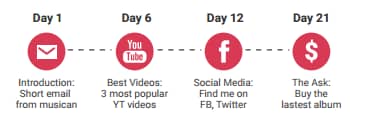

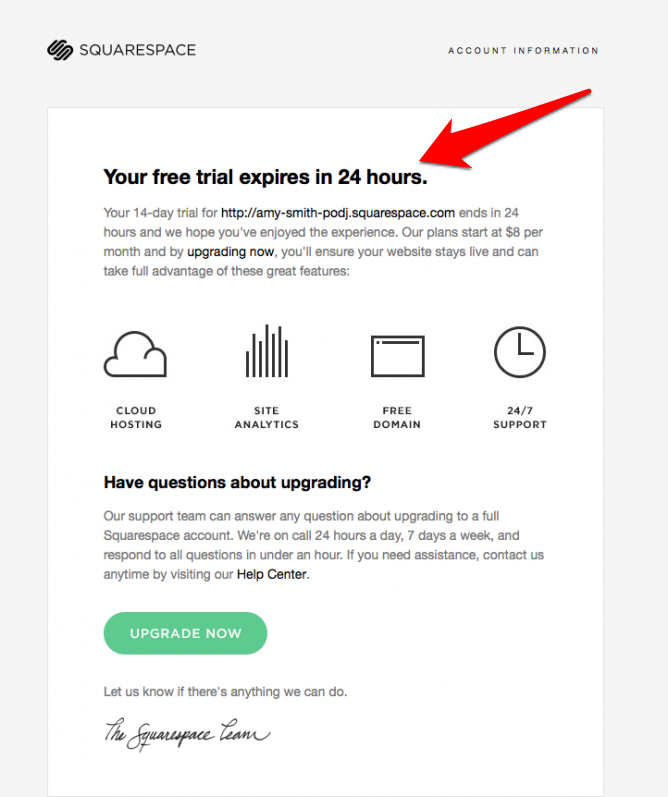
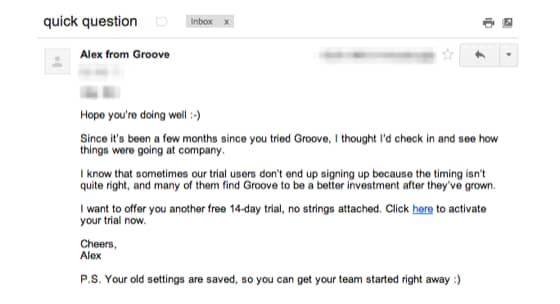

Leave A Comment